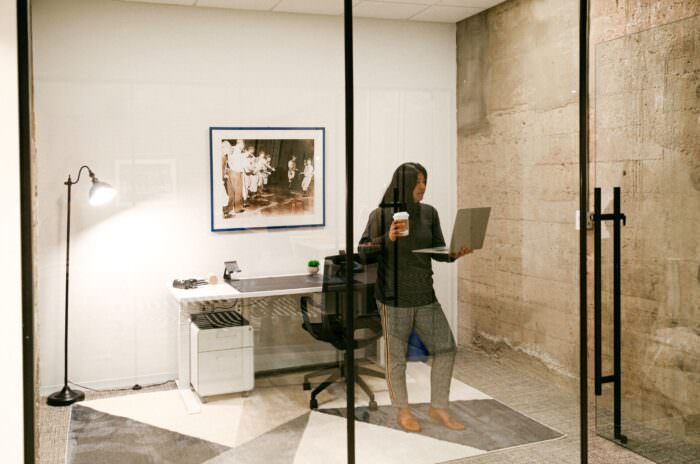Ever since the world entered and endured a pandemic, we’ve turned toward a remote – and now hybrid – dominated workforce. This has created unprecedented challenges that make it difficult for employees to communicate and collaborate effectively. For small business owners, a solution to this problem includes trying your best to understand and support the different working styles your employees showcase throughout your current team.
It can be hard to meet or understand everyone’s preferred work style, but there are strategies you can implement to help support and maximize the benefits each of these styles offer.
Adapt Teams and Management Style
First and foremost, you need to understand the strengths and needs of your workers. Take the time to meet one-on-one with each of your employees to better understand their motivations, work ethic, and roadblocks. If an employee is not sure what their work style is, have them take a strengths assessment to better gauge how they work best. Taking the time to get to know your employees will help you create strategies that cater to their capabilities as well as their interests.
When assembling teams or designating tasks, keep these conversations in mind. If you know that one of your employees is skilled at problem-solving and developing strategies but doesn’t feel comfortable with public speaking, put them in smaller subgroups so that they can share their ideas and express their knowledge in a supportive setting. You can then hone in on their work style and cater to their individual skillset rather than pushing them to improve their weaknesses.
Talking with and getting to know your employees on a deeper level will also help you understand how to best manage them as there is no one-size-fits-all approach when it comes to managing. Some employees thrive with little to no managerial presence, while others may need that hands on, attentive management style to keep them on track. Along with talking to your employees, observe their workflow and productivity to better understand how to adapt your management style to support the needs of your employees.

Adopt a Hybrid Model
Although many enjoy the perks that come with working from home, there are still people who struggle with the challenges remote work brings. To help support those who work better in an office setting than at home, consider a hybrid work model.
Hybrid work models cuts down costs and creates added flexibility, as it gives workers options to choose the work environment that best fits their needs. If some employees thrive in the comfort of their own homes, then provide them with the option to remain remote; and if some employees need that separation of personal and professional life, then provide them with access to an office space. To make the transition into hybrid work easier, even offer a moving bonus or provide financial guidance to help employees understand living requirements or how much of a house they can afford. Doing this will allow those who are interested to actually utilize the hybrid work model.
 If you don’t have plans to open up your office again, or just want to save money while still having the flexibility of a hybrid model, consider utilizing a coworking space which can further increase flexibility by allowing employees to decide where they want to work without having to move. This helps support different working styles and living situations without a large financial burden on your business.
If you don’t have plans to open up your office again, or just want to save money while still having the flexibility of a hybrid model, consider utilizing a coworking space which can further increase flexibility by allowing employees to decide where they want to work without having to move. This helps support different working styles and living situations without a large financial burden on your business.
Implement Flex Plans
People thrive during different times of the day. Some may be up with the sun ready and eager to do work, whereas others may prefer starting their day later and working into the night. Not to mention, work-from-home employees often have to deal with added responsibilities such as kids, guests, and even pets. To help support different working styles and common work from home challenges, implement a flexible work schedule.
When having a flex time policy, it’s important to set standards and expectations. For instance, you should require a certain number of hours to be worked daily or implement mandatory attendance for certain meetings. Formalize a plan, set your standards, and do a trial run. This type of work arrangement is a popular and successful way to increase flexibility by supporting employees’ working styles and understanding any challenges they’re facing.


